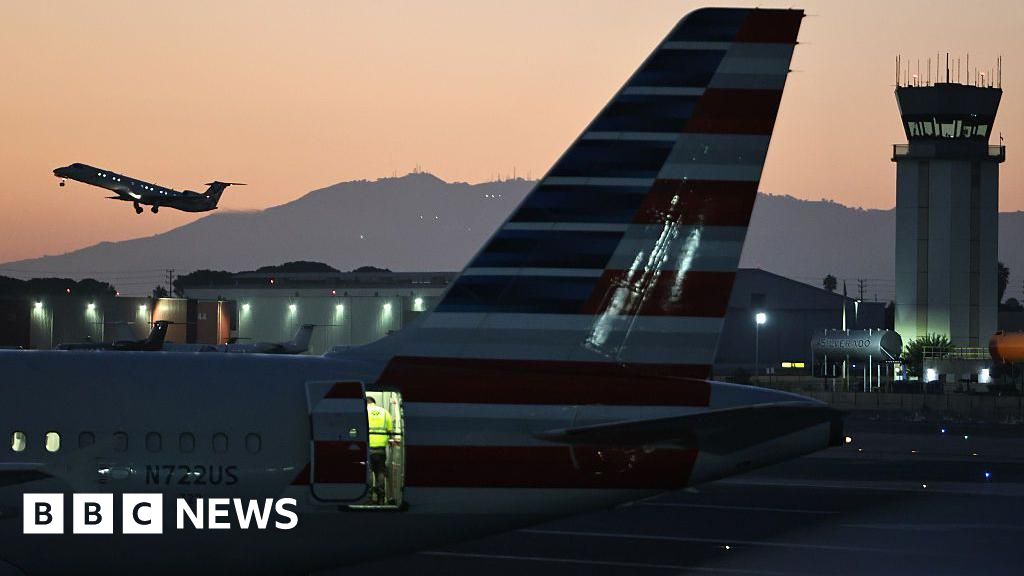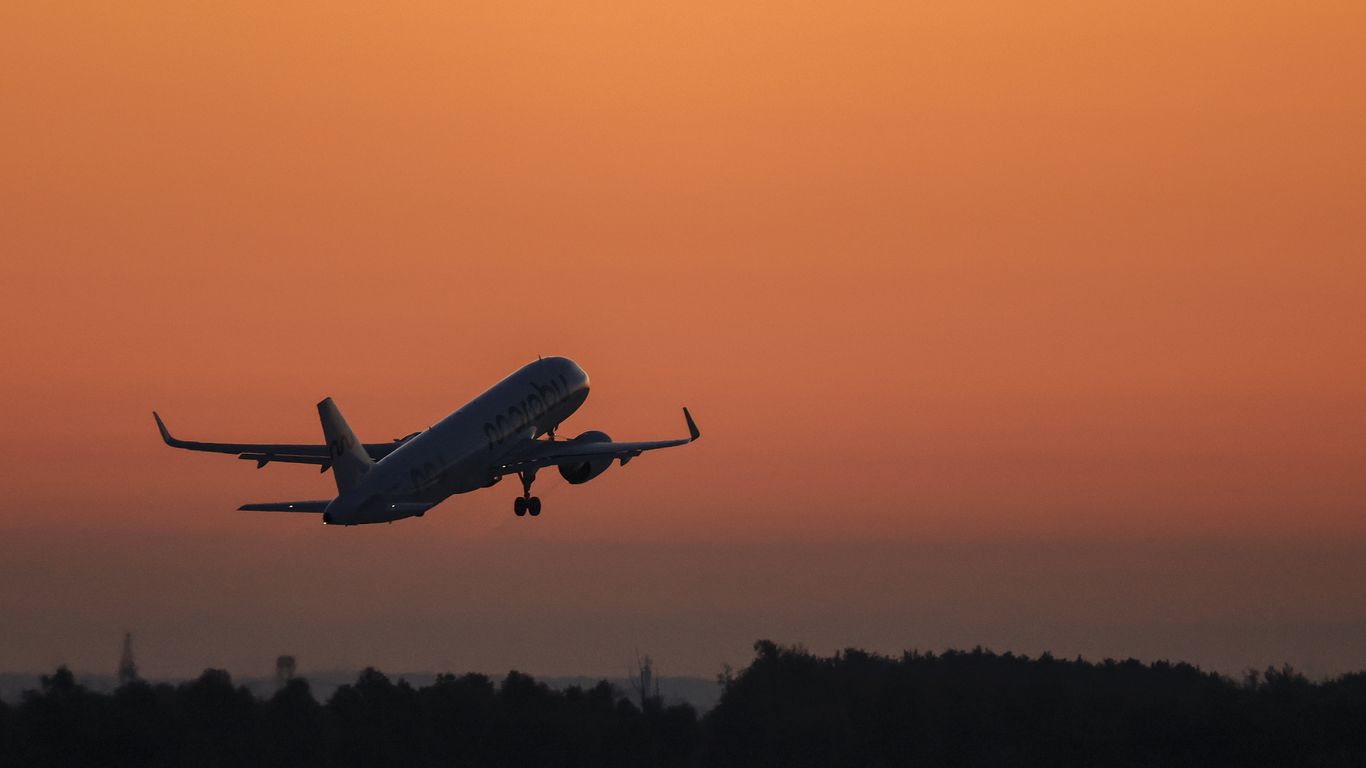Flight Cancellations Surge as Government Shutdown Shrinks FAA Capacity at Major Airports
#air_travel #flight_cancellations #faa #airports #travel_disruption
Overview of Flight Cancellations Amid Government Shutdown
Hundreds of flights at major U.S. airports have been canceled as the government shutdown persists, affecting air travel nationwide. The Federal Aviation Administration (FAA) is implementing a plan to reduce air traffic capacity by 10% at around 40 high-volume airports. This move aims to manage the shortage of air traffic controllers working without pay during the ongoing shutdown.
Airports and Impacted Flights
Airports in cities such as Atlanta, Dallas, New York, and Los Angeles are among those facing significant flight reductions. The cancellations began escalating last Friday, with over 1,000 flights scrapped, and are expected to continue rising as airlines adjust to the FAA’s restrictions. The cuts affect both passenger and cargo flights, with some private aviation hubs also impacted.
Broader Implications for Travelers
Travelers should anticipate delays and cancellations while planning trips during this period. Airlines are proactively adjusting schedules to comply with capacity limits, potentially causing ripple effects on connections and flight availability. Monitoring airline communications and airport updates is crucial for navigating this disruption effectively.
About the Organizations Mentioned
Federal Aviation Administration
The **Federal Aviation Administration (FAA)** is a U.S. government agency responsible for ensuring the safety, efficiency, and regulation of civil aviation and commercial space transportation within the United States and its surrounding international waters. Established originally as the Federal Aviation Agency in 1958, it became part of the Department of Transportation in 1967, adopting its current name[1][3]. The FAA’s core functions include regulating and overseeing air traffic control, pilot and technician certification, airport safety standards, and aircraft manufacturing and maintenance regulations. The agency manages air traffic for over 50,000 daily commercial and general aviation flights, ensuring safe and efficient navigation through the National Airspace System (NAS)[2][4]. It also develops and operates air traffic control and navigation systems used by both civil and military aircraft, showcasing its broad operational scope[1][3]. The FAA operates through five main lines of business: - Air Traffic Organization (ATO), managing air navigation services and control facilities such as towers and radar centers - Aviation Safety (AVS), responsible for certification of personnel and aircraft - Airports (ARP), overseeing national airport system planning and grants - Office of Commercial Space Transportation (AST), regulating commercial space launches and reentries - Security and Hazardous Materials Safety (ASH), focusing on risk reduction and infrastructure protection[4]. In addition to regulation, the FAA invests heavily in research and development, advancing aviation technology and safety systems, including aeromedical research and environmental programs addressing noise and pollution from aircraft[2][3]. Its mission emphasizes providing the safest, most efficient aerospace system globally, with a vision of integrating new technologies and users into aviation safely and innovatively[6]. Notable achievements include establishing stringent safety standards that have made U.S. airspace one of the safest worldwide and pioneering regulation of commercial space transportation, an emerging sector. The FAA’s commitment to innovation and safety continues to shape the future of aviation and aerospace, making it a central figure in both business and technolog








